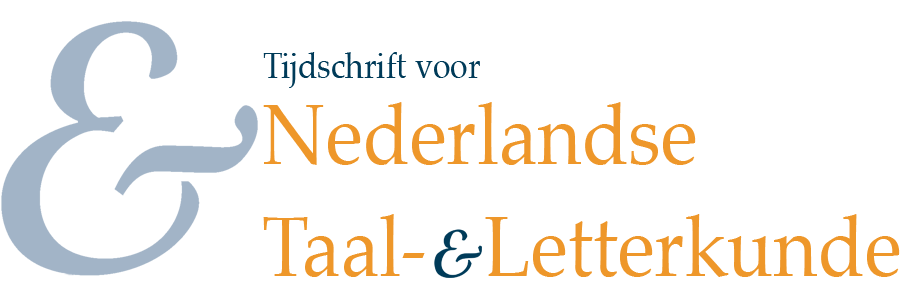Een eenhoorn in ‘de Dikzak’ (Leiden, UB, BPL 2473, f. 236r-237r)
Samenvatting
Abstract – A fifteenth-century Leiden manuscript, nicknamed ‘de Dikzak’ (‘Fatty’) on account of its bulkiness, contains a number of Middle Dutch allegorical exempla, one of which concerns a unicorn. In order to capture the wild animal two naked virgins are sent into the forest. They succeed in alluring the unicorn by their singing and when it goes to sleep in the lap of one of them, her companion kills it with a sword, while the first one receives the blood into a goblet. The unicorn signifies Christ, the virgin with the sword is Eve, the other one is Mary. This unusual version, in which the unicorn is captured by two virgins who represent the two most crucial moments in sacred history, ultimately derives from a famous fourteenth-century collection of exempla, the Gesta Romanorum. In many of the manuscripts and early printed versions of this work, the animal killed in the exemplum is not a unicorn, but an elephant. This agrees with the Physiologus, in which the wild elephant is captured after being attracted by the singing of two virgins. The exemplum in the Leiden manuscript places the relation between original sin and grace in the perspective of sacred history.
Terugverwijzingen
- Er zijn momenteel geen terugverwijzingen.



